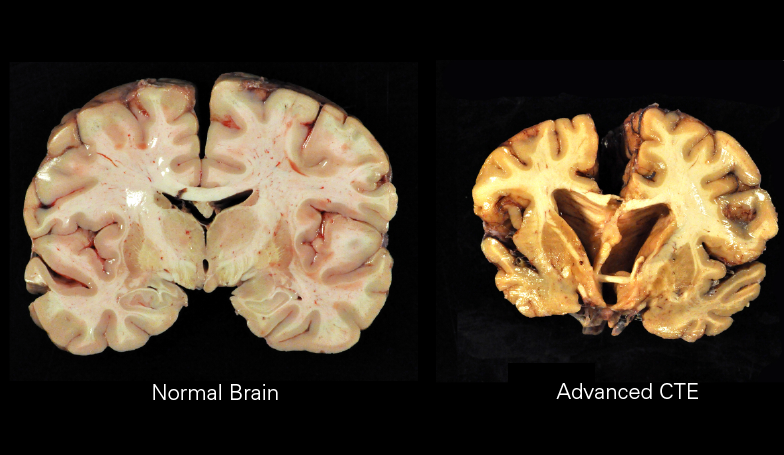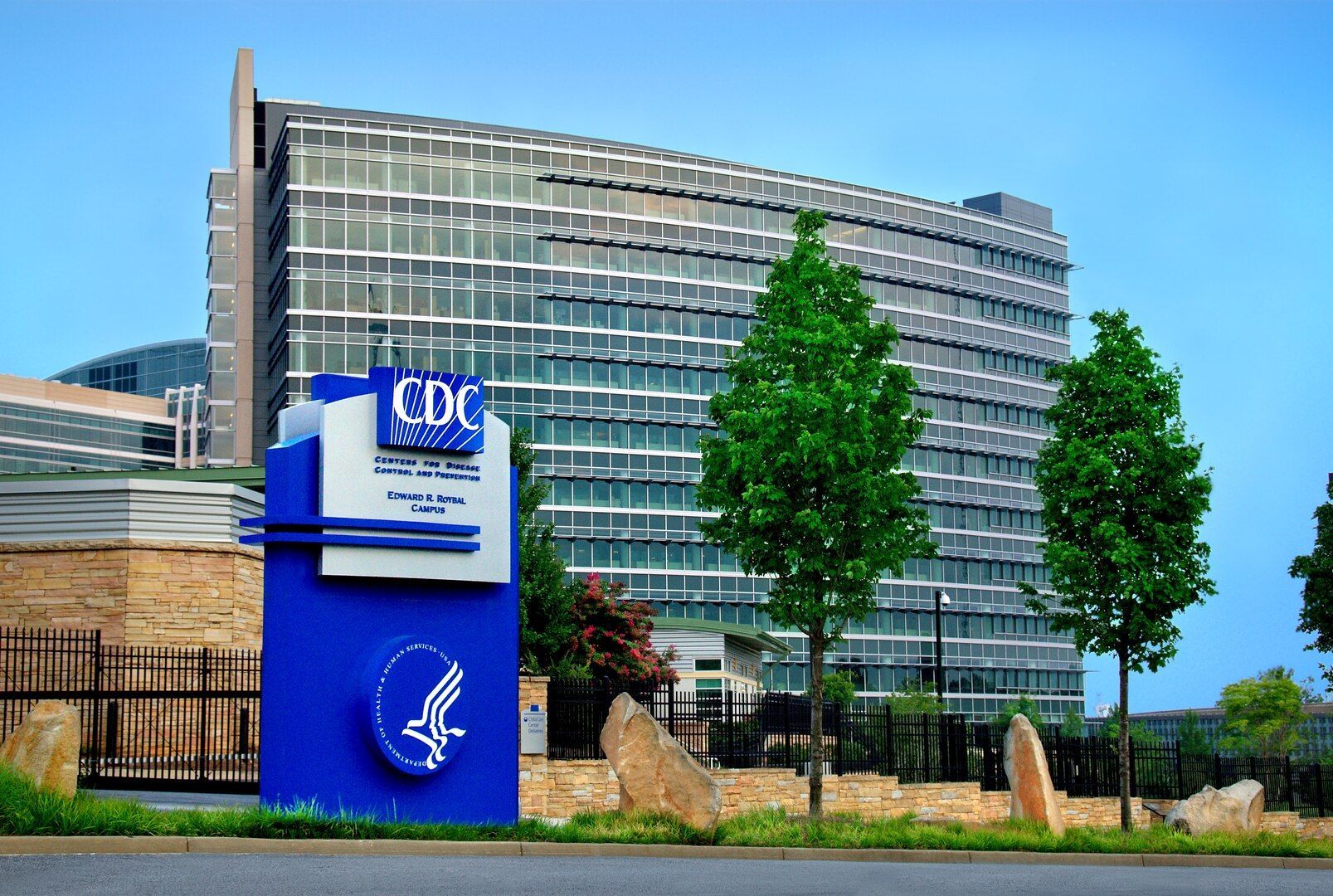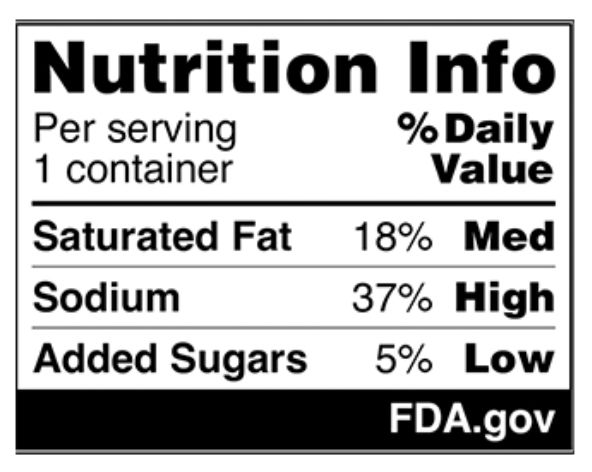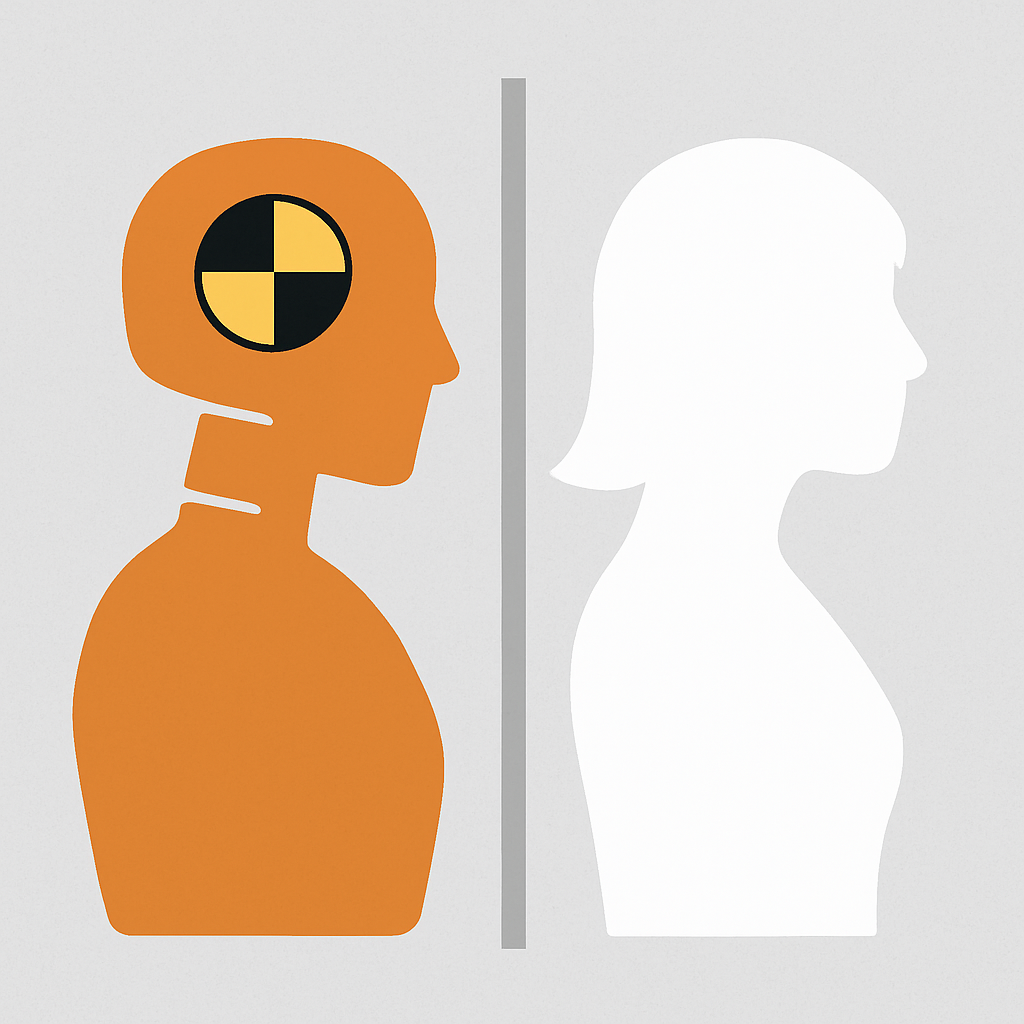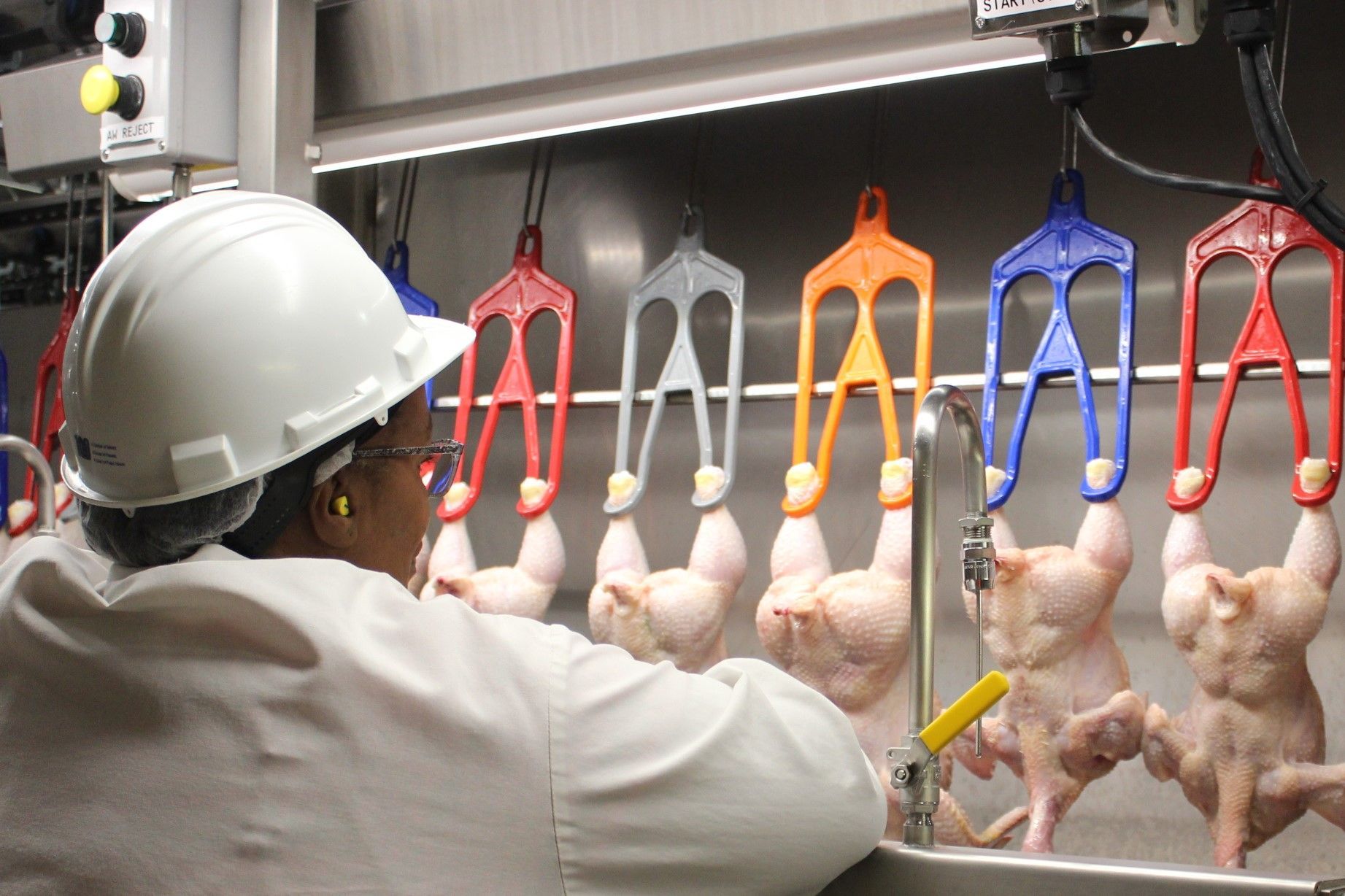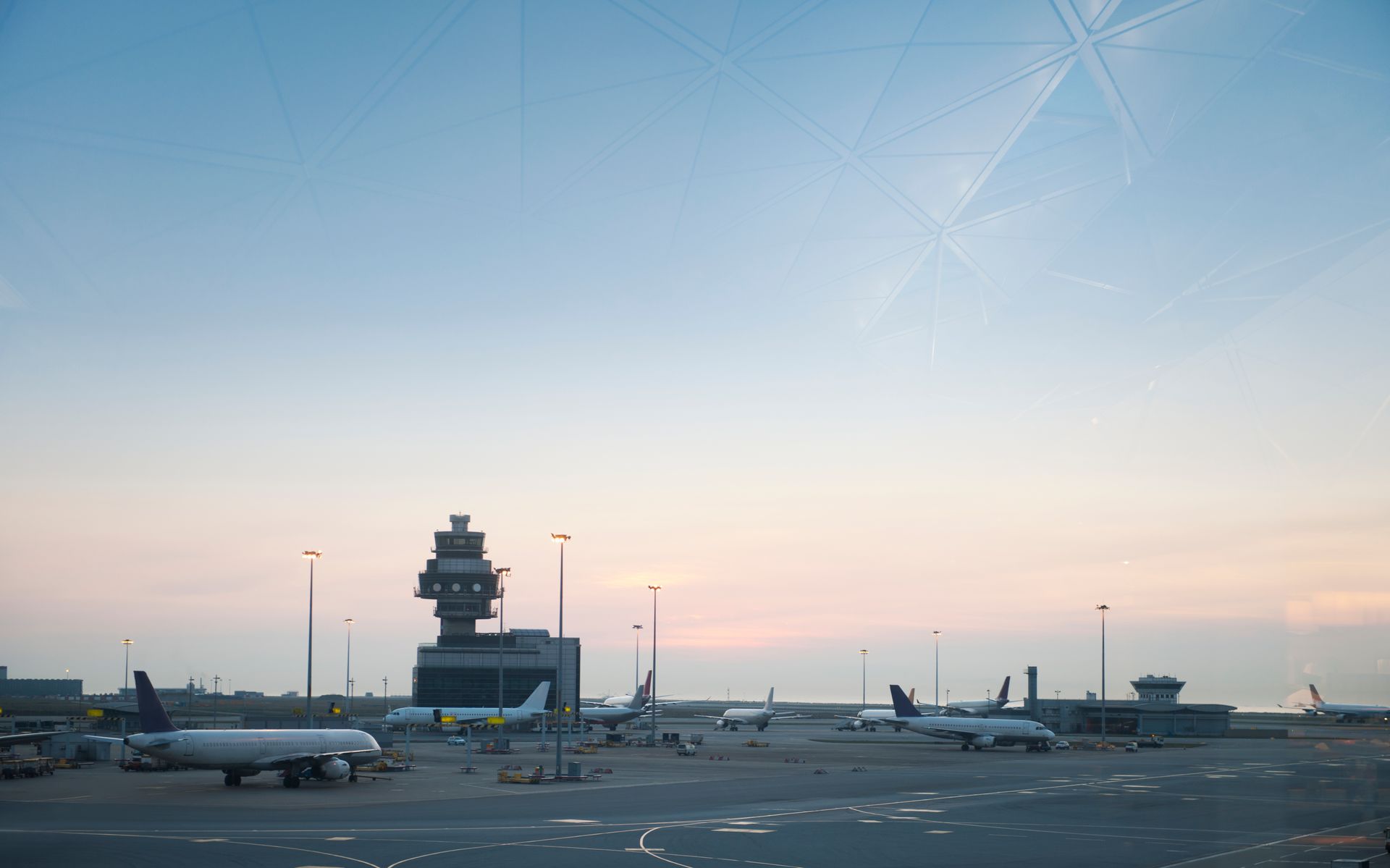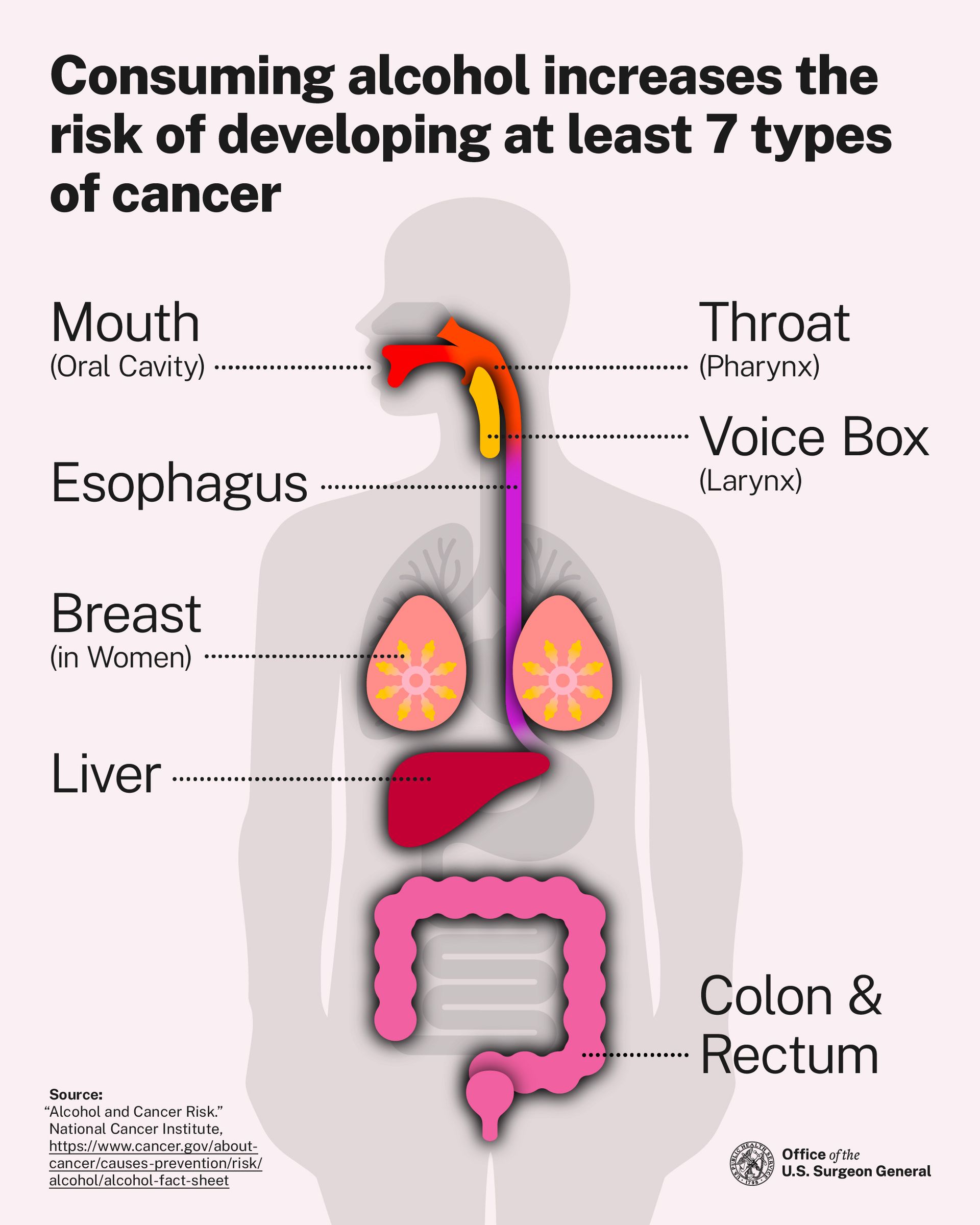ARE WAYMOS SAFER THAN HUMANS DRIVING A CAR?
The race to develop autonomous vehicles (AVs) has reached a pivotal moment. Alphabet-owned Waymo, widely regarded as the frontrunner in the field, has rolled out fully driverless taxis in Phoenix, San Francisco, and Los Angeles, with plans to expand to additional cities. But as more Waymo vehicles hit public roads without human drivers, the question looms large: Are they truly safer than the people they’re replacing behind the wheel?

Autonomous Waymo Jaguar I-Pace.
Source:
Wikipedia
The Promise of Safety
Every year, more than 40,000 people die in traffic crashes in the United States, and experts attribute over 90% of those deaths to human error—impaired driving, distraction, fatigue, and speeding. Waymo and other AV developers argue that by eliminating those human failings, autonomous systems could drastically cut fatalities.
Waymo's vehicles are powered by a combination of lidar, radar, high-definition mapping, cameras, and machine learning systems that allow them to perceive their surroundings in all directions, day or night. Unlike human drivers, they never drink, text, fall asleep, or get distracted. In theory, that gives them a major advantage.

Annual US traffic fatalities per billion vehicle miles traveled (red), miles traveled (blue), per one million people (orange), total annual deaths (light blue), VMT in tens of billions (dark blue), and population in millions (teal), from 1921 to 2017. Source: Wikipedia
The Data So Far
Waymo has been relatively transparent about its safety record, releasing annual safety reports and independent analyses. According to a 2023 study conducted with Swiss Re, Waymo's driverless vehicles were involved in roughly 85% fewer injury-causing crashes than human-driven cars in comparable settings. A separate analysis of Waymo's operations in Phoenix found that the company’s fleet had not been involved in a single fatal crash over millions of autonomous miles.
That said, AVs are not immune to incidents. Waymo vehicles have been in minor fender-benders, most often caused by other human drivers misjudging the AV’s conservative driving style. In San Francisco, for example, there have been reports of human drivers rear-ending Waymos that stop more cautiously than typical motorists. The good news: these crashes have been overwhelmingly low-speed and low-severity.

Waymo’s driverless system avoids and mitigates crashes more effectively than human drivers in simulated tests, supporting real-world findings of significantly lower injury crash rates. Source: Waymo
Comparing to Human Drivers
To fairly assess AV safety, experts compare crash rates per million miles driven. Human drivers in the U.S. experience about 4.2 crashes with police reports per million miles. Waymo’s autonomous fleet has consistently come in lower, with about 2.1 reportable crashes per million miles—and, importantly, none involving life-threatening injuries.
Yet skeptics argue that the data pool is still too small. While Waymo has logged more than 20 million autonomous miles on public roads, Americans drive over 3 trillion miles annually. That’s a vast gulf, and some say it’s premature to declare Waymo—or any AV—safer overall until billions of miles are logged.
Public Perception and Trust
Despite strong safety data, many Americans remain wary of robotaxis. A 2024 AAA survey found that 68% of U.S. drivers say they are afraid of riding in a fully self-driving vehicle. High-profile incidents involving competitors, such as GM’s Cruise—whose fleet was suspended in California after a pedestrian injury—have only fueled skepticism.
Waymo has largely avoided such scandals, but building public trust remains a challenge. The company has emphasized slow, deliberate rollouts, extensive safety testing, and transparent data-sharing. Its vehicles also include redundancies: two separate computing systems, fail-safe braking, and remote monitoring teams that can intervene if unusual situations arise.

Despite strong safety records, public trust in self-driving vehicles remains low—two-thirds of U.S. drivers report feeling afraid, a figure that has held steady in recent years. Source: AAA
Strengths and Limitations
Waymo’s cautious, rules-based driving style is both its biggest strength and its biggest criticism. On the one hand, the system virtually eliminates risky human behaviors like running red lights, speeding, or weaving through traffic. On the other, it can frustrate passengers and other drivers when the AV hesitates too long at an intersection or refuses to make an assertive lane change.
Another limitation: Waymo’s operations are geofenced. Unlike a human driver who can take you anywhere, Waymo currently only drives in pre-mapped service areas. Expanding to new cities requires intensive mapping and simulation work, slowing its growth compared to human drivers’ flexibility.
The Road Ahead
Regulators are watching closely. The National Highway Traffic Safety Administration (NHTSA) has generally been supportive of AV development but has required companies like Waymo to file crash reports and safety disclosures. Some safety advocates argue that more stringent oversight is needed, especially as robotaxis expand into dense urban areas.
Waymo, for its part, is doubling down on transparency. Its safety reports outline not just crash data but also disengagement rates (times when human operators had to take over in earlier testing), system redundancies, and ethical approaches to difficult driving scenarios. The company has also invested heavily in simulation, logging over 20 billion simulated miles annually, which allows it to practice extremely rare but dangerous scenarios, such as a child running into the street.

The interior of a Waymo Jaguar I-Pace robotaxi as it autonomously drives through San Francisco. Source: Wikipedia
Conclusion: Safer, But Still Evolving
So, are Waymo’s driverless cars safer than human drivers? The evidence to date suggests yes—at least in the limited environments where they currently operate. Waymo’s vehicles avoid the most dangerous human failings and have logged millions of miles without a single passenger fatality.
But “safer” doesn’t mean “perfect.” AVs remain a new technology, with plenty of hurdles in public perception, regulatory approval, and scaling to new areas. For now, the best framing may be this: Waymo’s cars appear to be incrementally safer than human drivers and, if deployed widely, could reduce crashes and save lives.
The ultimate question is whether society will embrace a cautious, rule-abiding robot driver—even if it’s safer—over the faster, riskier, but all-too-familiar human behind the wheel.

